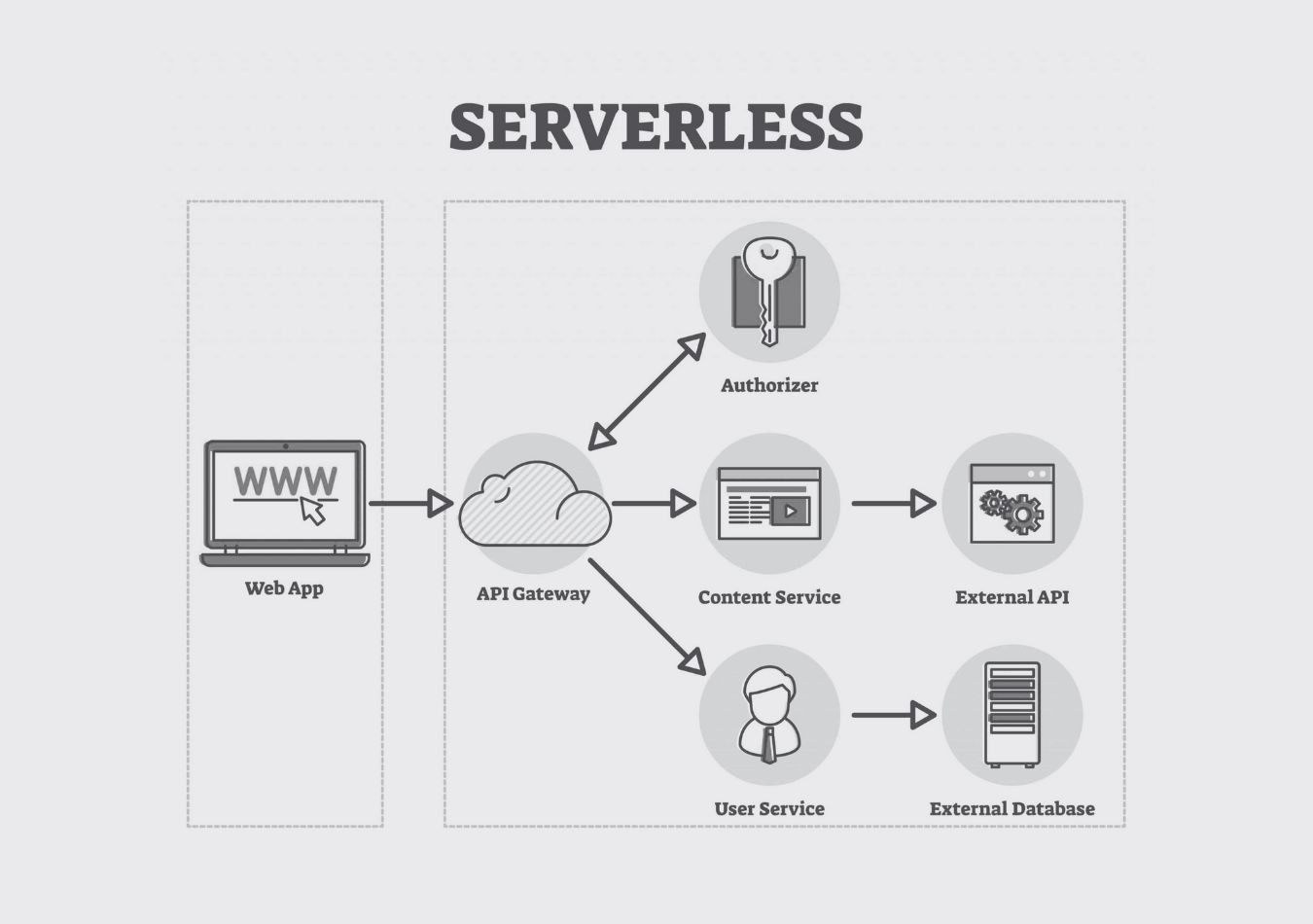A Serverless Architecture is an innovative way to design and run applications and services without managing traditional IT infrastructure. While your applications still operate on servers, AWS (Amazon Web Services) fully handles their management, scaling, and maintenance.
This means you no longer need to provision, configure, or monitor servers to support your applications, databases, and cloud storage systems.
By leveraging serverless computing, developers can focus on building their core applications instead of spending time on server maintenance or runtime management. Whether hosted in the cloud or on-premises, this streamlined approach significantly reduces operational overhead.
As a result, teams can save time and resources, enabling them to prioritise innovation and deliver value faster.
In this article, we’ll explore the key benefits of adopting a serverless architecture and why it’s a game-changer for modern cloud-based applications.

What is Serverless Architecture?
Serverless architecture is a modern cloud computing model that enables developers to build and run applications without managing any underlying server infrastructure. Instead, a cloud provider manages the servers, automatically scaling resources to meet demand.
With serverless technology, developers focus solely on writing and deploying code while the provider handles tasks like server maintenance, scaling, and load balancing. This approach makes it easier to develop and deploy scalable applications, manage databases, and optimise storage solutions.
By adopting serverless computing, businesses can reduce costs, enhance productivity, and accelerate time to market—all without worrying about server management.
How Does Serverless Architecture Work?
Servers are essential for users to communicate with applications and access their business logic, but managing them can take a significant amount of time and resources. Teams must handle server hardware maintenance, perform software and security updates, and ensure regular backups in case of system failure.
By adopting a serverless architecture, developers can offload these responsibilities to a third-party provider, allowing them to focus on writing and optimising their application code.

One of the most widely used serverless computing models is Function as a Service (FaaS). In this model, developers write their application as a series of individual functions. Each function is designed to perform a specific task and is triggered by an event, such as an incoming email, a database update, or an HTTP request. Once the functions are thoroughly tested, they are deployed—alongside their event triggers—to a cloud provider account.
How to Build Serverless Architecture
Building a serverless architecture is a crucial step for modern SaaS platforms looking to enhance their webhook-based extensibility. By leveraging a serverless computing model, you can streamline operations, improve scalability, and ensure efficient execution of webhook-triggered functions. Here's how to build a robust serverless platform that meets the essential requirements:
Function as a Unit of Business Logic
Your serverless architecture must support the execution of custom business logic triggered by webhooks. Each function should align seamlessly with your SaaS platform's webhook events.
Rich Programming Environment
A robust serverless platform should support a versatile programming environment. For instance, Node.js and its extensive ecosystem of public NPM modules can meet most function development requirements.
API Surface for Function Management
Ensure your platform includes APIs to manage functions individually, allowing seamless integration and customisation of webhook-based workflows.
Event-Driven Execution
When a webhook event occurs in your SaaS, the corresponding function must execute reliably to handle the HTTP request without delay or disruption.
Tenant Isolation
Multi-tenant SaaS platforms must isolate the execution of functions for each tenant. This ensures that functions written with untrusted or potentially malicious code do not compromise the system's security.
Low Latency
Predictability and low latency are essential for a serverless webhook. Cold and warm start latencies must remain minimal and consistent, especially for UI interactions that directly impact the end-user experience.







Comments ( 0 )